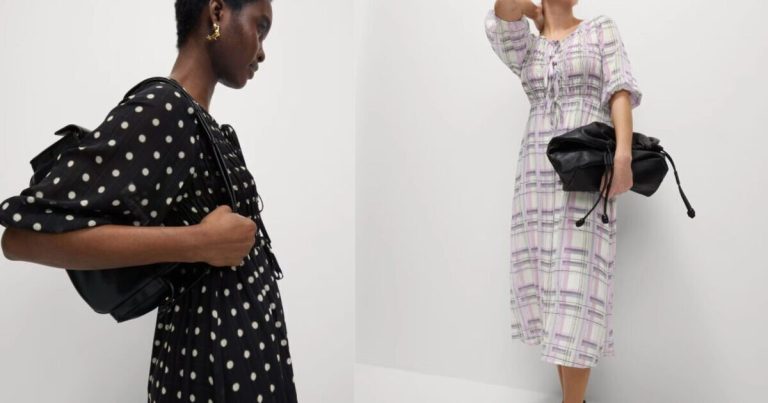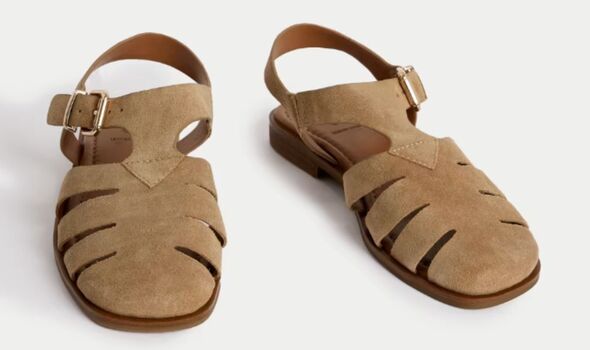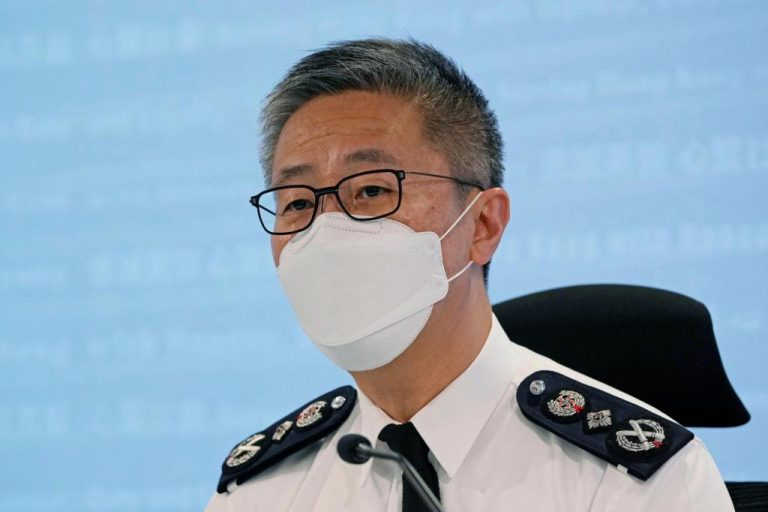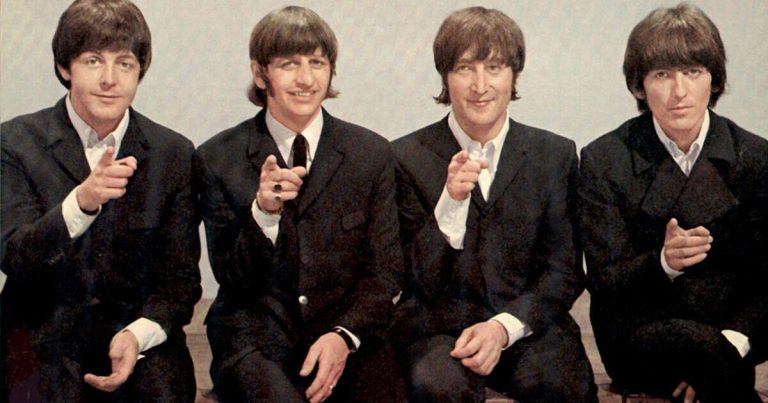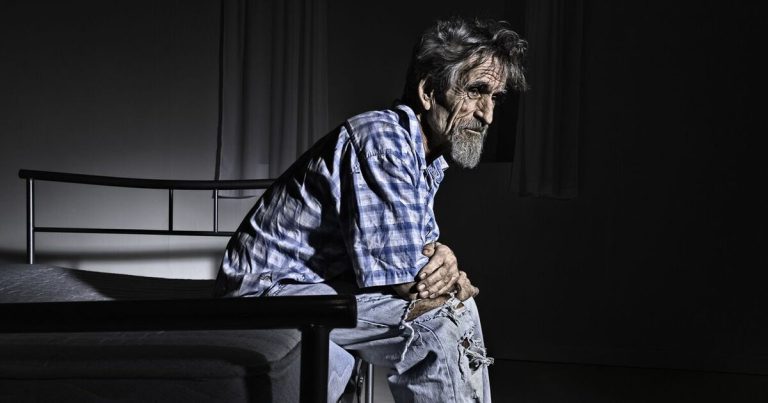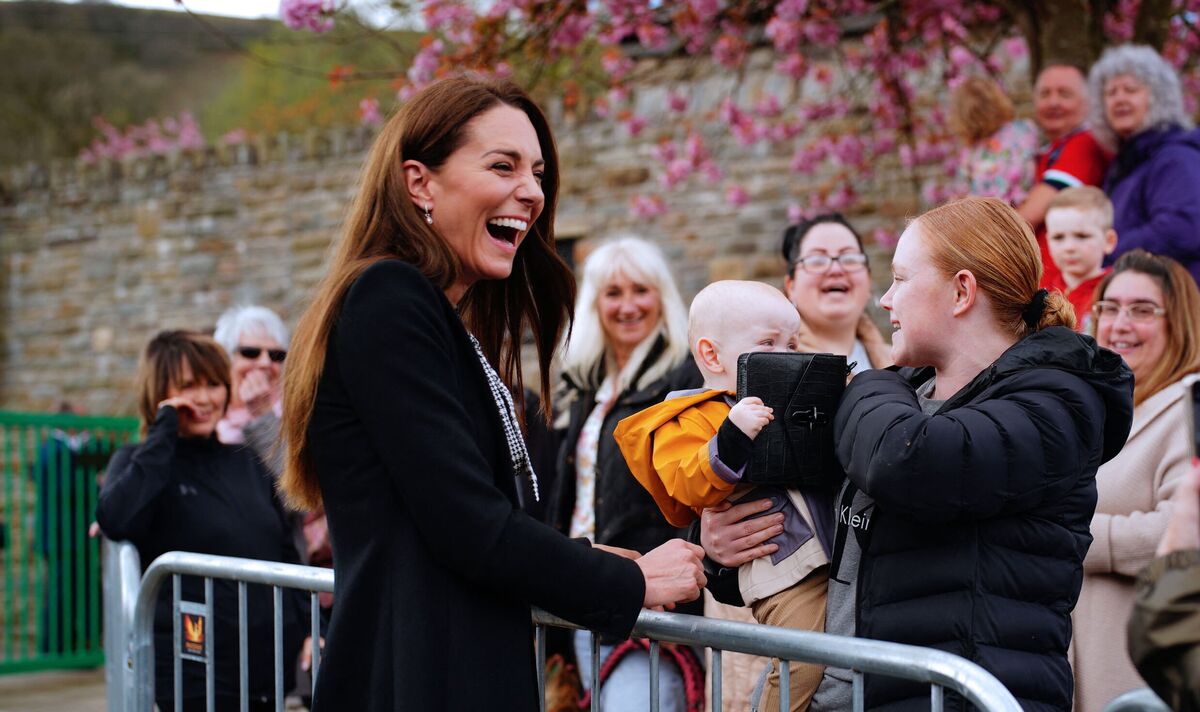
The Princess of Wales wore her grey patterned midi dress from Spanish brand Zara underneath, and she looked beautiful in the elegant ensemble.
Kate wore this same dress, featuring long sleeves and a pleated skirt, in October last year to visit the University of London but back then, she combined the gown with grey heels.
For jewellery, the Princess donned a pair of delicate drop earrings and her diamond-incrusted leek brooch, which is the national emblem of Wales, pinned to her left lapel.
During the visit to the Aberfan memorial garden, Kate and William paid their respects to those who lost their lives during the disaster and were seen chatting with locals who came to greet them as well as survivors, rescue workers and their families.
READ MORE: Meghan’s style technique she uses to ‘get the attention’ – claim
Kate has worn the diamond leek brooch when visiting Wales before, including earlier this year when she and Prince William attended the St David’s Day parade of the Welsh Guards.
Creative director at Jewellers Steven Stone, Maxwell Stone, commented on Kate’s brooch and opined that the Princess made a “glittering tribute to Wales today by wearing a leek brooch”.
“Kate’s brooch is a replica of Queen Elizabeth II’s Welsh Guards Leek Brooch, which she wore several times during her 70-year reign,” he revealed.
The late Queen’s brooch was gifted to her by Welsh Guards in 1960 and “the diamond brooch is identical to the cap badge of the Welsh Guards”.
It is believed that the late Queen owned more than 200 Launer handbags but her favourites were the black leather Royale and the black patent leather Traviata.
Interestingly, the handbag was reportedly used to communicate messages to her staff, which is a royal technique the Princess of Wales could also be using.
Royal historian Hugo Vickers revealed that if Queen Elizabeth passed her handbag from one hand to the other it meant that she wanted to get out of a conversation. “It would be very worrying if you were talking to the Queen and saw the handbag move from one hand to the other.
“It would be done very nicely. Someone would come along and say, ‘Sir, the Archbishop of Canterbury would very much like to meet you’,” he told People.


